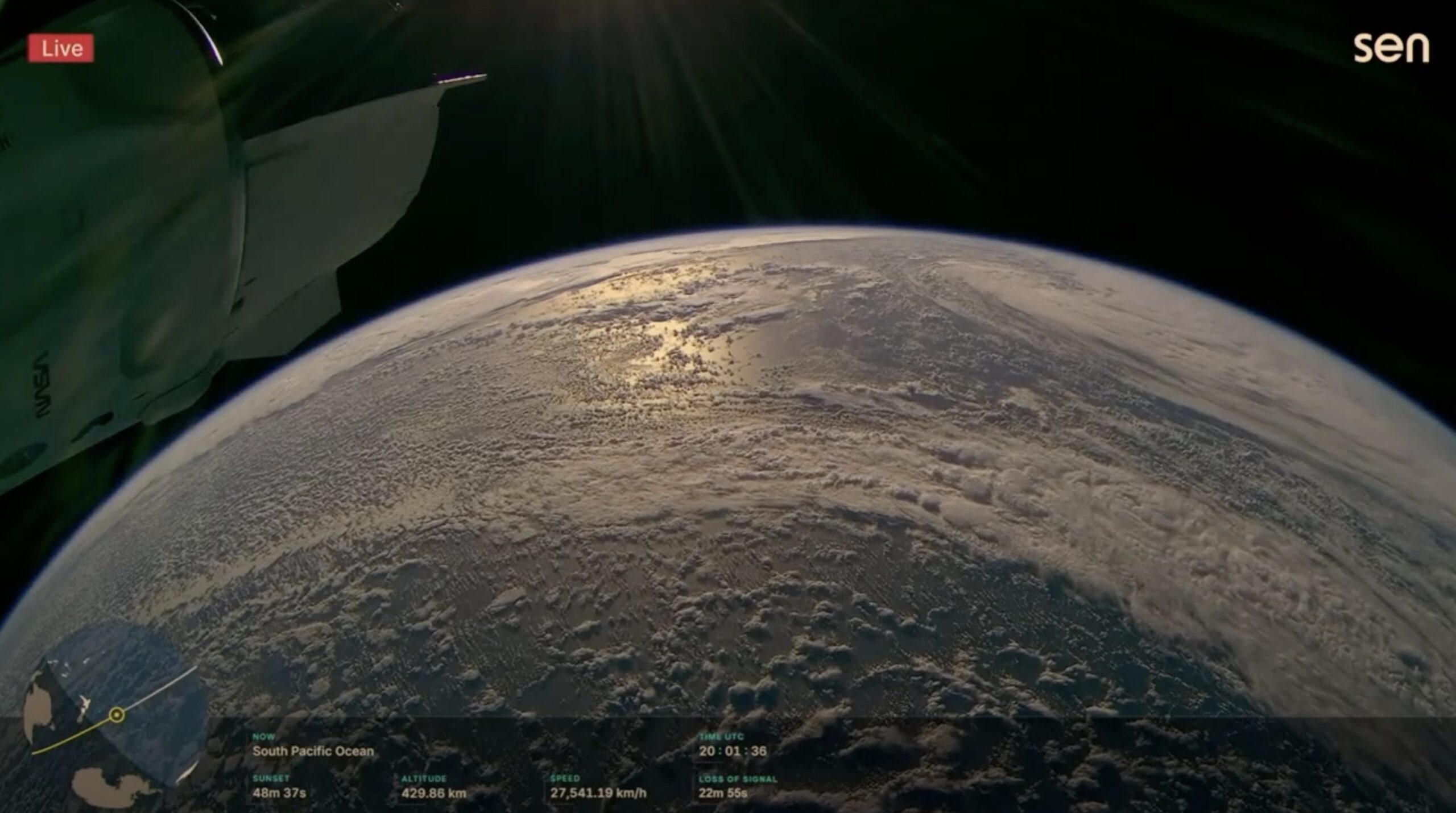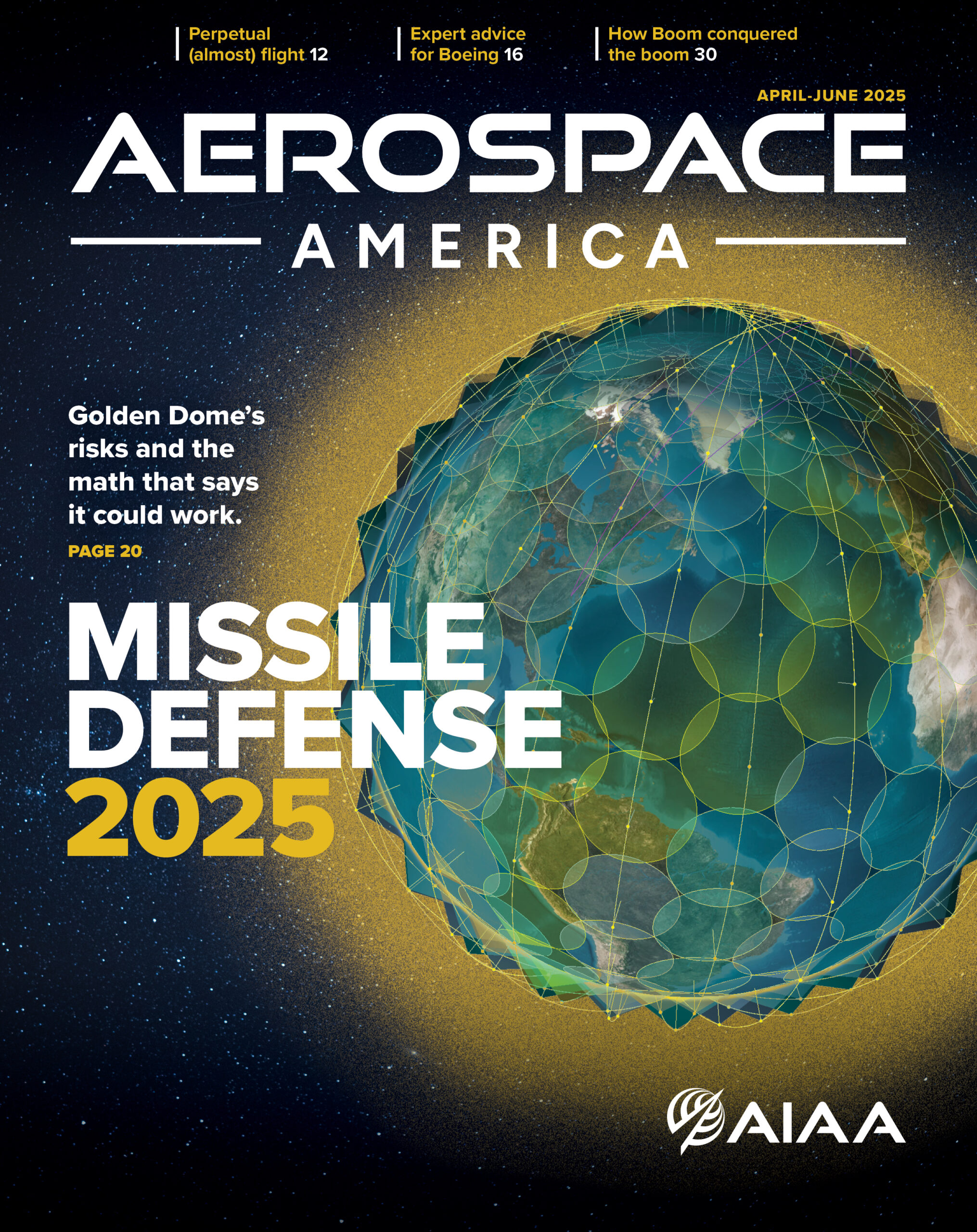Liam Kennedy just wanted to impress his three-year-old grandson and teach him something about orbital mechanics. So in 2013 he created a device that illuminates whenever the International Space Station (ISS) is overhead. Adults latched on to it, and Kennedy had a hit on his hands.
In an exciting and fascinating presentation on the Hub stage at AIAA AVIATION Forum and ASCEND in July, Kennedy kicked off the session with a live 4K view of Earth from the ISS before recounting the origins of his invention and what it can do to help teach about science.
Kennedy, Founder/inventor of ISS-Above, was a public outreach specialist lecturing at Griffith Observatory and leading the local astronomy club when he came up with his invention in 2013. He built a simple Raspberry Pi “ISS Above” box that, when plugged into a TV, lit up at every visible pass and streamed NASA’s live video feed (at the time 720p). He overlaid NASA’s publicly available live feeds with orbital tracks, crew profiles, and next-pass schedules.
Professional colleagues lit up. In 2014, Kennedy ran a small Kickstarter campaign and shipped 300 units within a month – and NASA took notice.
When NASA’s original High‐Definition Earth Viewing experiment concluded in mid-2019, Kennedy described how he leveraged the ISS National Lab’s framework to seek industry partners to upgrade the views to 4K.
In 2024, Sen Inc. launched a dedicated payload: three externally mounted 4K cameras providing nadir, horizon, and docking‐port perspectives. The design employs fixed, wide-angle optics—eliminating mechanical zoom to reduce potential failures—while allowing digital zoom post‐capture. It also avoids obstructions, unlike NASA’s previous setup, with an unobstructed line of sight.
View the 4K livestream on YouTube: https://YouTube.com/Sen/Live.
In demos, the system has streamed high‐definition daylight passes over Lake Mead, nocturnal Vegas skylines, docking operations (Crew-9 and Crew-10), and live tracking of Hurricane Eric approaching Florida. The feed is accessible 24/7 at youtube.com/sen/live. Coming soon: In development is Space TV v2 that will introduce steerable optics and a narrower field of view for targeted observation, Kennedy said.
Kennedy is quick to share the credit. His project’s success, he remarked, has depended on multidisciplinary collaboration: NASA engineers, the ISS National Lab’s funding and logistical support, academic outreach via AIAA student branches (particularly AIAA Los Angeles and Las Vegas), and open-source initiatives like ISS Mimic, a 1:100-scale ISS model.
Kennedy has demonstrated how a small commercial payload developed by a 20-person startup working with NASA and the broader aerospace community can lower technical barriers on orbit, and help inspire the next generation of engineers and scientists. The ultimate goal is to give everyone on Earth the same awe-inspiring perspective astronauts enjoy, spark STEM engagement, and demonstrate how commercial payloads on the ISS can drive both education and scientific outreach.




